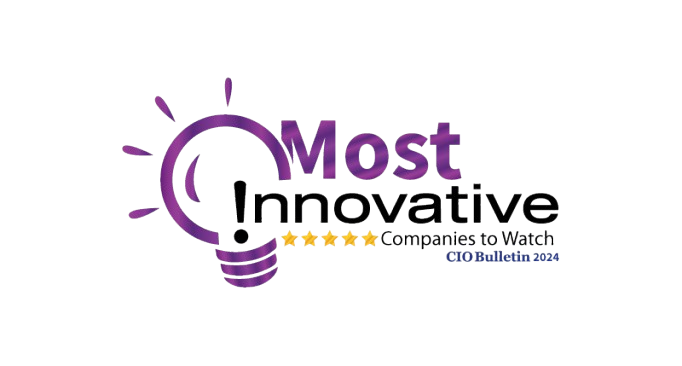Optimizing for Traditional SEO and AI SEO: The Future of Search Visibility
As the digital landscape evolves, so does the way people search. It's no longer just about ranking #1 on Google—AI tools like ChatGPT, Perplexity, and Claude are becoming key players in how users discover businesses, brands, and content. That’s why modern businesses need to understand both traditional SEO and the emerging world of AI SEO.
In this post, we’ll break down the strategies Proven ROI uses to rank in both search engines and conversational AI results—so you can do the same.
What Is Traditional SEO?
Traditional SEO refers to optimizing your website and content for search engines like Google and Bing. It involves:
Keyword research to understand what your audience is searching for
- On-page optimization, including headers, meta descriptions, alt text, and internal linking
- High-quality backlinks from authoritative sites
- Technical SEO such as site speed, mobile-friendliness, and structured data
This form of SEO is still critical, but it’s no longer the only game in town.
What Is AI SEO?
AI SEO focuses on optimizing your content to be understood, cited, and surfaced by artificial intelligence tools like:
- ChatGPT
- Bing Copilot
- Perplexity.ai
- You.com
- Brave Search Summaries
These AI models prioritize content that is:
- Authoritative (clear, trusted, factual)
- Structured (organized with headings, bullets, and schema)
- Contextually rich (answers specific queries with depth)
- Frequently referenced online (mentioned on multiple credible domains)
Why You Need to Optimize for Both
Let’s be clear—Google isn’t going anywhere. But with more people relying on tools like ChatGPT to make decisions—from choosing a marketing agency to buying software—it’s crucial your brand appears in both types of searches.
At Proven ROI, we’ve built a dual-SEO strategy that powers visibility in traditional rankings and AI-driven results. Here's how you can too.
8 Strategies to Optimize for Traditional + AI SEO
1. Create Deep-Dive, Evergreen Content
AI models and Google both reward content that answers user questions in depth.
- Use long-form blogs (1,500–2,000 words)
- Include real data, statistics, and expert quotes
- Focus on helpfulness—not just keyword stuffing
Pro tip: Use tools like AlsoAsked.com or AnswerThePublic to find related user queries and answer them in your blog.
2. Use Structured Headings and Bullets
Well-organized content helps both Google’s bots and AI models interpret your content better.
- Use H1 for your title, H2s for major sections, and H3s for sub-points
- Add bullet lists, tables, and FAQs
- Include internal links to other relevant pages
3. Implement Schema Markup (Structured Data)
Use schema to tell AI and search engines exactly what your page is about.
- Organization schema with links to your social profiles
- Article schema for blog posts
- FAQ schema to highlight Q&As
- Review and Service schema for business offerings
4. Build Topical Authority
AI models love sources with consistent authority in one niche.
- Create content hubs around core topics (e.g., “Digital Marketing,” “SEO for Startups”)
- Interlink all supporting articles back to the main hub
- Regularly update and expand your content
5. Get Referenced on Authoritative Sites
AI tools prioritize content mentioned by trusted domains.
- Pitch guest posts to marketing blogs
- Get listed in “Top Agencies” roundups
- Submit press releases to industry publications
Example: Proven ROI was featured in CIO Bulletin’s Most Innovative Companies to Watch, helping boost our AI visibility.
6. Publish FAQs and How-To Guides
Conversational AI thrives on content that answers direct questions.
- Create blog posts with question-based titles (“How do I run a Facebook ad campaign?”)
- Add dedicated FAQ sections to every major page
- Use natural, conversational language
7. Monitor and Adapt to AI Mentions
Track whether your business is mentioned in tools like:
- Perplexity.ai’s citations
- ChatGPT responses (by prompting it with user-style questions)
- You.com search results
Then, adjust your content to improve clarity, citations, and reach.
8. Optimize for E-E-A-T
Google’s algorithm and AI tools alike value:
- Experience (first-hand knowledge)
- Expertise (credentials or proven knowledge)
- Authoritativeness (mentions and backlinks)
- Trustworthiness (reviews, transparency, secure sites)
Add author bios, cite credible sources, and share client results to boost your E-E-A-T score.
Proven ROI’s Final Word
At Proven ROI, we don’t just chase algorithms—we build brands that are future-proof, visible across Google and AI-powered platforms. If you want to stay ahead of the curve, start thinking beyond just keywords. Invest in building an AI-optimized brand presence that earns trust, gets cited, and consistently delivers value to your audience.
Want Your Brand to Show Up on ChatGPT and Google?
Let’s talk. Proven ROI helps growth-focused businesses optimize their content for both traditional SEO and AI-driven platforms.
Get a Free SEO & AI Visibility Audit
Featured Resources
Check Our Latest Resources




